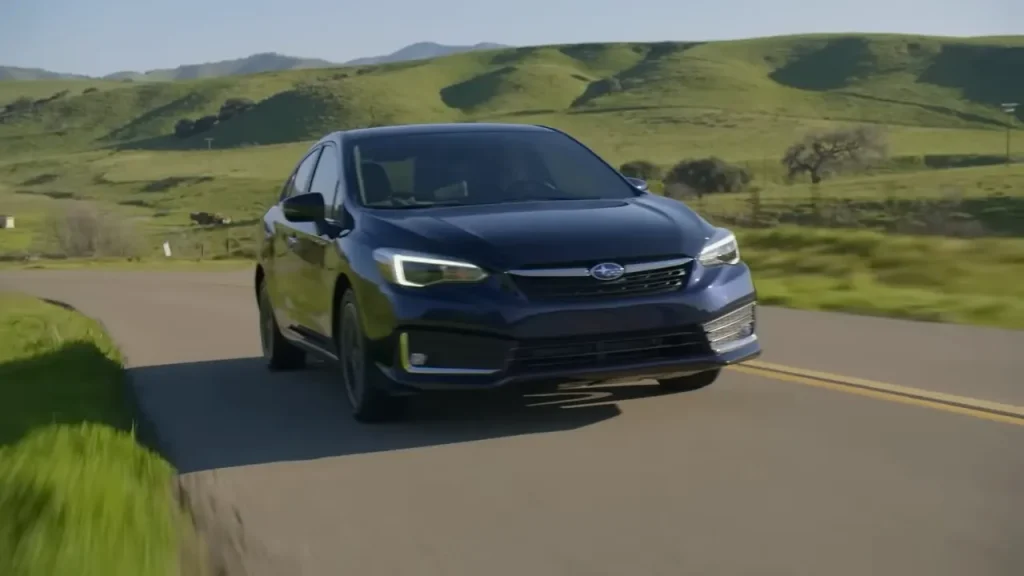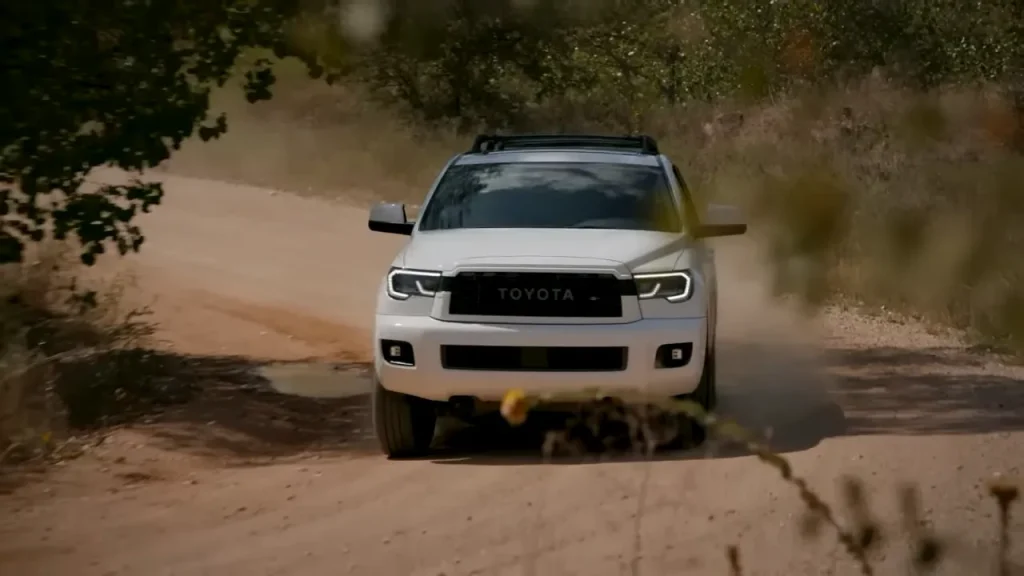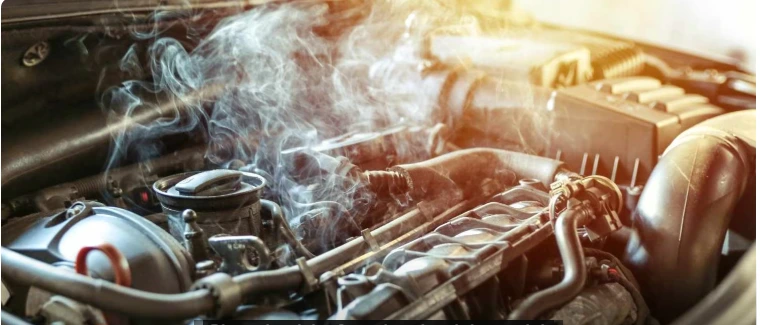The 5 Easiest Cars to Work on and Maintain in 2024
When contemplating the purchase of a car in the United States in 2024, one crucial factor to consider is the ease of repair, maintenance, and service. A key inquiry is the accessibility of spare parts. Subsequently, it’s important to delve into potential catastrophic mechanical failures and inquire about estimated repair times, factoring in labor costs. The ability to find a skilled mechanic swiftly and at a reasonable cost is a paramount concern.
For those inclined towards DIY car repairs, particularly enthusiasts who enjoy tinkering under the hood, modern vehicles’ increasing computerization poses challenges. While personally, I refrain from extensive DIY efforts due to the sophistication of contemporary cars, I acknowledge the appeal for those who prefer hands-on involvement.
Tasks like changing tires, refilling windshield fluid, or replacing a battery fall within my comfort zone. However, more complex endeavors, such as altering oil and oil filters, are tasks I’d rather entrust to a professional, given the potential messiness and complexity, even though they were activities I engaged in during my youth.
Opting for routine services, encompassing activities like oil and oil filter changes every 7,500 to 10,000 miles, can significantly contribute to long-term cost savings. While some may relish the idea of DIY car maintenance, the convenience and expertise offered by a professional service, often priced around $120, can outweigh the allure of getting under a car with oil dripping onto one’s face.
Reflecting on past experiences, the most intimidating DIY car maintenance task I undertook was adding power steering fluid to an aging manual Toyota Corolla in the 1990s. Facing a non-responsive steering wheel, I recognized the car’s deteriorating condition. Adding power steering fluid, a relatively straightforward process akin to topping up radiator water, revived the steering temporarily. However, the ongoing oil leaks necessitated frequent refills, providing a temporary solution until the inevitable demise of the vehicle.
Okay Nuts and Bolts Now – Best 5 Cars
For each vehicle chosen, I have focused on the base model in the interests of simplicity and consistency.
1. Toyota Corolla 2020 LE Model – Automatic
The 2020 Toyota Corolla LE, particularly in its automatic variant, represents a well-regarded choice in the compact sedan segment. Renowned for its reliability and fuel efficiency, this model is equipped with a 1.8-liter four-cylinder engine paired with an automatic continuously variable transmission (CVT).
The LE trim typically boasts a user-friendly infotainment system, featuring a touchscreen interface, and may include sought-after tech integrations like Apple CarPlay and Android Auto. Safety is a priority with the inclusion of Toyota Safety Sense-P (TSS-P), offering advanced driver-assistance features such as pre-collision systems and lane departure alert.
The exterior design of the 2020 Corolla LE is characterized by a modern and sleek aesthetic, contributing to its overall appeal. Whether navigating city streets or cruising on the highway, the Corolla LE is recognized for its practicality and enduring popularity among drivers.
2. Nissan Altima
The Nissan Altima stands as a noteworthy contender in the midsize sedan category, offering a blend of style, performance, and technology. Renowned for its comfortable ride and spacious interior, the Altima caters to both driver and passenger comfort.
The engine options often include a fuel-efficient four-cylinder and a more powerful V6, providing versatility to meet varying preferences. The interior is typically well-appointed, featuring modern infotainment systems, and advanced safety features are often integrated, enhancing the overall driving experience.
With a sleek exterior design and attention to detail, the Nissan Altima makes a compelling choice for those seeking a reliable and stylish midsize sedan that balances performance with practicality.
3. Subaru Outback
The Subaru Outback, a crossover SUV with a distinctive blend of rugged versatility and refined comfort, has carved its niche in the automotive market. Renowned for its capable all-wheel-drive system, the Outback is well-suited for various terrains, making it an ideal choice for adventurous drivers and those living in regions with diverse weather conditions.
The spacious and well-designed interior often includes features that prioritize both driver and passenger comfort, making long journeys enjoyable. Subaru is synonymous with safety, and the Outback typically comes equipped with advanced safety technologies, reinforcing its reputation for reliability.
The Outback’s exterior design combines a sleek and modern aesthetic with the robust elements expected from an SUV, contributing to its appeal for those seeking a vehicle that seamlessly transitions between city commuting and off-road exploration.

4. Honda Civic CRV Crossover – SUV
The Honda CR-V, a popular crossover SUV variant of the well-regarded Honda Civic, embodies a harmonious blend of practicality, efficiency, and versatility. Known for its spacious interior, the CR-V accommodates both passengers and cargo with ease, making it a family-friendly choice or an ideal companion for road trips.
The vehicle typically offers a smooth and efficient ride, complemented by fuel-efficient engine options. With Honda’s commitment to safety, the CR-V often comes equipped with advanced safety features, providing peace of mind for drivers and passengers alike. The exterior design is characterized by a modern and sleek profile, contributing to its aesthetic appeal.
Whether navigating urban landscapes or venturing off the beaten path, the Honda CR-V Crossover SUV aims to provide a comfortable and reliable driving experience for a broad spectrum of drivers and lifestyles.
5. 2020 Jeep Wrangler
The 2020 Jeep Wrangler, an iconic and rugged SUV, epitomizes off-road capability and adventurous spirit. Recognized for its distinctive design, which pays homage to its heritage, the Wrangler boasts removable doors and a convertible top, allowing for an open-air driving experience that is unmatched in its class.
Engineered for off-road enthusiasts, the Wrangler is equipped with robust four-wheel-drive systems, durable suspension, and ample ground clearance, making it well-suited for tackling challenging terrains. The interior combines functionality with a touch of modernity, offering intuitive infotainment systems and durable materials that can withstand the rigors of outdoor exploration.
With a choice of powerful engines, including V6 and turbocharged four-cylinder options, the 2020 Jeep Wrangler is as capable on the highway as it is off-road. Its go-anywhere attitude and unmistakable design make it a standout choice for those seeking a true, trail-ready SUV that embodies the spirit of adventure.

What car make is the easiest to maintain?
Determining the easiest car make to maintain can be subjective and dependent on various factors, including personal preferences, mechanical knowledge, and access to resources.
However, some automakers have earned reputations for producing vehicles known for their reliability and ease of maintenance. Toyota, for example, is often lauded for manufacturing cars that are not only fuel-efficient but also have a track record of minimal mechanical issues, leading to lower maintenance costs over time.
Honda is another brand recognized for producing dependable and easy-to-maintain vehicles, with a focus on longevity and quality engineering. Additionally, domestic brands like Ford and Chevrolet have some models noted for straightforward maintenance. Ultimately, the ease of maintenance is influenced by factors such as routine care, timely servicing, and the availability of affordable spare parts.
What is the easiest car to learn to work on?
For those looking to delve into DIY car maintenance and repairs, some vehicles are generally considered more user-friendly and easier to work on due to their simplicity of design and availability of resources. Older models with straightforward mechanical systems are often recommended for beginners.
Classic cars from manufacturers like Ford, Chevrolet, and Volkswagen, especially those produced in the 1980s and earlier, often feature simpler engines and fewer electronic components, making them more accessible for learning basic automotive maintenance tasks. Compact cars like the Honda Civic or Toyota Corolla from the 1990s are also frequently suggested for novice mechanics due to their uncomplicated layouts and widely available repair guides.
Additionally, some enthusiasts find older trucks, such as the Ford F-150 or Chevrolet C10, to be approachable for learning mechanical skills. While the specific model can vary based on personal preference and comfort level, the key is to start with a vehicle that has a reputation for simplicity, ample documentation, and a community of fellow enthusiasts willing to share knowledge.

What cars are cheapest to fix and maintain?
Several car models are often recognized for their affordability in terms of both maintenance and repair costs. Brands like Toyota and Honda have a reputation for producing vehicles known for their reliability and cost-effectiveness over the long term.
Models such as the Toyota Corolla and Honda Civic, particularly in their older generations, are celebrated for straightforward engineering, readily available parts, and ease of maintenance. Domestic brands like Ford and Chevrolet also offer budget-friendly options, with models like the Ford Focus and Chevrolet Malibu known for reasonable repair costs.
Additionally, compact cars and sedans tend to have lower maintenance expenses compared to luxury or performance vehicles. It’s essential to consider factors such as the availability of aftermarket parts, ease of access to service manuals, and the overall simplicity of the vehicle’s design when assessing its affordability in terms of maintenance and repair.
As a general rule, older cars with simpler mechanical systems often prove to be more economical for DIY maintenance and repairs.
FAQ:
Q: What are some of the easiest cars to work on for beginners?
A: Older models like the Honda Civic (1990s), Toyota Corolla, and Ford F-150 are often recommended for their straightforward designs and wealth of available resources.
Q: Are there specific brands known for producing cars that are easy to maintain?
A: Yes, brands like Toyota and Honda have a reputation for manufacturing reliable and easy-to-maintain vehicles. Domestic brands such as Ford and Chevrolet also offer user-friendly options.
Q: Do compact cars or larger vehicles tend to be easier for DIY maintenance?
A: Compact cars, such as the Toyota Corolla or Honda Civic, are generally easier to work on due to their simpler designs and typically lower number of complex components.
Q: Are there any luxury cars that are considered easy to maintain?
A: Luxury cars often come with more advanced and complex systems, making them generally more challenging for DIY maintenance. Opting for mainstream brands is usually more cost-effective.
Q: What makes older cars easier to work on compared to newer models?
A: Older cars often have simpler mechanical systems, fewer electronic components, and a wealth of available documentation, making them more accessible for learning and maintenance.
Q: Are there online communities or forums that can help with DIY car maintenance?
A: Yes, various online communities, such as forums and YouTube channels, provide valuable insights, tutorials, and troubleshooting tips for DIY car enthusiasts.
Q: Do certain models have a reputation for having affordable replacement parts?
A: Yes, models like the Toyota Corolla and Honda Civic have a wide range of affordable aftermarket parts available, contributing to their reputation for low maintenance costs.
Q: Is it more cost-effective to perform basic car maintenance tasks independently or take them to a professional?
A: For routine tasks like oil changes, air filter replacements, and brake pad installations, performing them independently can be more cost-effective, provided you have the necessary skills and tools.
Q: Can you recommend a specific truck model that’s easy to maintain for DIY enthusiasts?
A: The Ford F-150 is often recommended for its simplicity and availability of aftermarket parts, making it a good choice for those interested in learning truck maintenance.
Q: Are there any specific tools or resources recommended for beginners interested in DIY car maintenance?
A: Basic tools like a wrench set, socket set, and a repair manual for your specific vehicle model are essential. Online resources, such as forums and video tutorials, can also be valuable for learning and troubleshooting.



![Tips For Buying A Car [Ultimate Guide To Smart Purchases]](https://automhelp.com/wp-content/uploads/2024/03/Tips-For-Buying-A-Car.webp)



